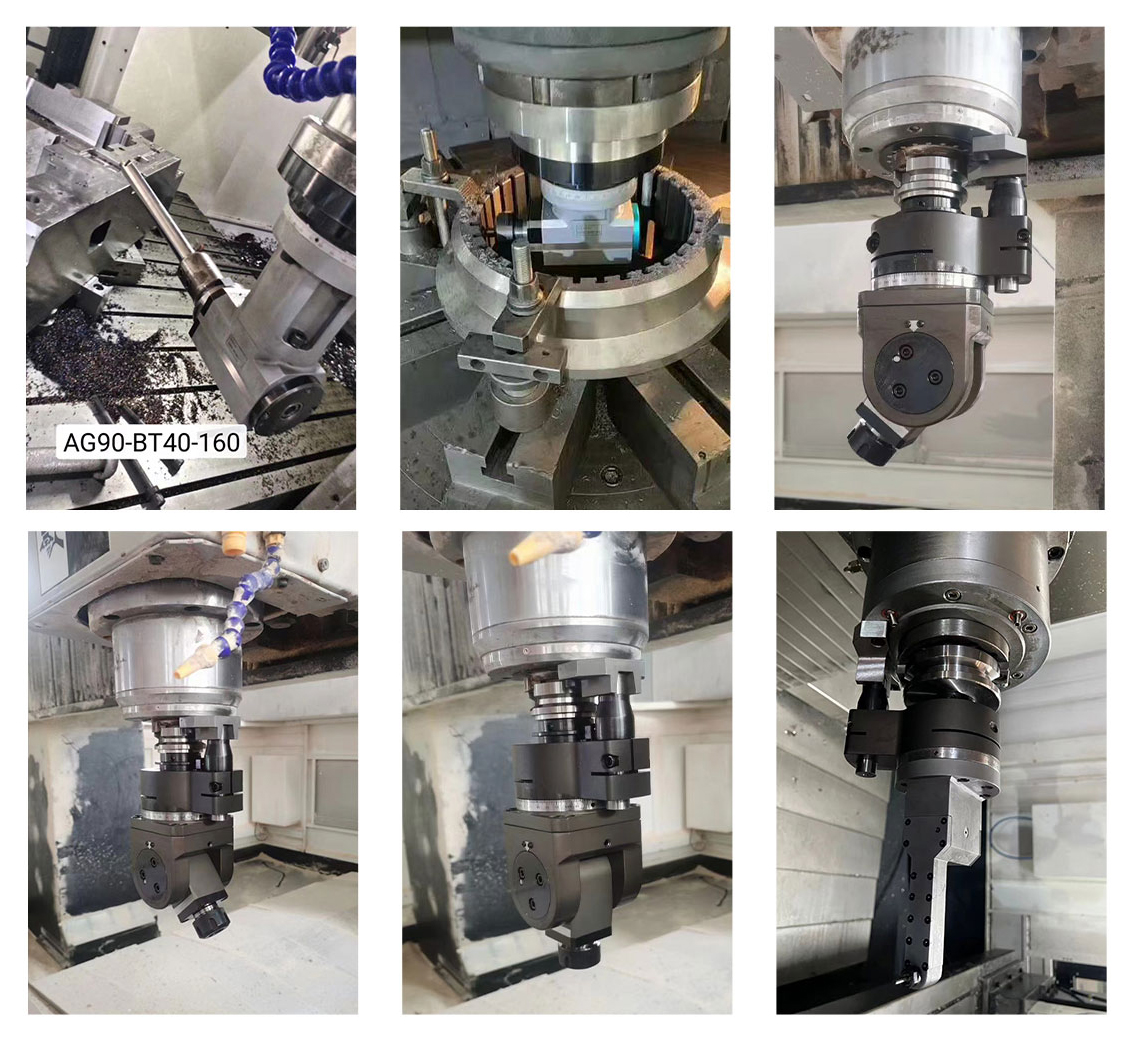Sep. 24, 2025
There are many types of angle heads, categorized by size, weight, or input. This article will categorize angle heads by their output.
First Type: Single-Output Angle Head
This is the most frequently used type. It easily allows for automatic tool changes and offers high cutting performance,
making it suitable for deep hole machining in mechanical products. Its key features include lightweight angle heads and side milling heads,
simple programming, and minimal interference with the workpiece or machine.
Second Type: Dual-Output Angle Head and Multi-Output Angle Head
The dual-output counterpart to the single-output type is a dual-output angle head or multi-output angle head.
This is a further improvement on the single-output type, addressing its shortcomings. It can output in the same or different directions.
Its greatest advantage is that it eliminates the need for manual adjustments when machining in the opposite direction,
significantly improving machining efficiency and production productivity. However,
it can cause interference during machining and is larger than a single-output angle head. Its rigidity is also relatively lower.
The third type: offset angle heads.
An offset occurs when the tool's rotational centerline and the centerline generated by the machine's spindle are on different planes.
This design is particularly suitable for specialized machining needs. If a workpiece requires a certain range of adjustment during machining,
this type of angle head can be used. Because it provides a certain amount of mounting and working space in a certain direction to accommodate changes during machining,
this type of angle head is particularly suitable for workpieces and machines that may interfere with each other.
The fourth type: adjustable angle heads.
An adjustable angle head, which combines the functions and features of the first four types of angle heads,
can also be called a universal angle head or a universal angle head.
This means it can freely change the machining angle. While this type of angle head can machine any angle,
it still requires a table to confirm the angle each time. This type of angle head can replace a fourth axis and is more affordable.
